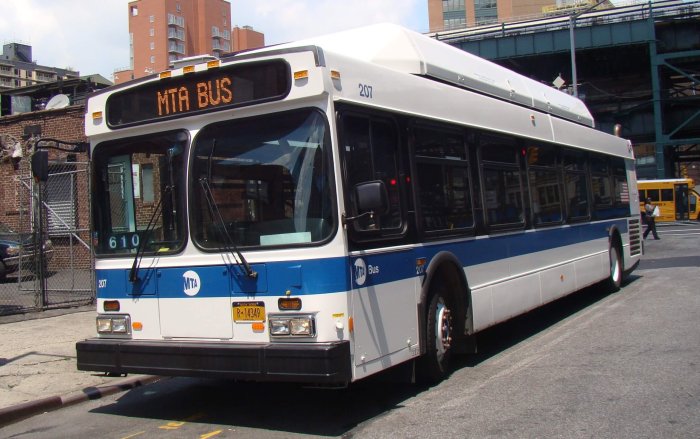By Bob Harris
As has been reported several times over the years, different civic associations have been fighting both the creation and the expansion of community facilities in Queens and in the other boroughs. Currently the East Bayside Homeowners Association and the John Golden Park Block Association in Bayside are opposing the planned expansion of St. Mary’s Hospital for Children in Bayside.
Frank Skala, president of the East Bayside Homeowners Association, and Blanche Felton, president of the John Golden Park Block Association are opposed to the enlargement of St. Mary’s because they fear there will be an increase of traffic going and coming. The civics have conducted a survey and say that about 60 buses take children to and from the programs each day. The hospital says there are only 20 buses.
There is fear that more cars will park on the streets. There is also a complaint about several trailers that house PS 23, a school for the patients. Hospital officials say the expansion will enable them to remove the trailers. The hospital also says it will use lease space for some programs in the fall away from the community. The hospital says it will use vans, small buses and ambulettes to reduce the congestion of large buses.
Skala and the other neighbors are skeptical about the hospital’s promises. They say that first the hospital meets with them, then doesn’t meet with them. This sounds like the same situation as between St. John’s University and the Hillcrest Estates Civic Association. The civic is concerned with the expansion of the school and the impact of thousands of additional students on the surrounding community of one family homes. Kevin Forrestal, president of the civic, also complains about the lack of information at the special meetings. Both the hospital and the university say they want to expand to fulfill their mission. The communities are concerned about congestion, traffic and disruption.
For years the Queens Civic Congress has been trying to reign in the expansion of community facilities. For years members of the city Planning Commission have promised civic leaders that they would issue regulations on the issue of saturation of community facilities which are built in residential neighborhoods “as of right.”
It is interesting that John Liu, president of the North Flushing Civic Association who has campaigned vigorously against a proliferation of religious community facilities in his community, is now a candidate for the City Council seat in Flushing. He is also a vice president of the Queens Civic Congress and as such moderated a panel discussion on this topic last March.
To compound and muddy up the issue even more, the U.S. Congress passed the Religious Land Use Act on July 27, 2000. This law was discussed in the New York Municipal Art Society in its newsletter last fall. The Religious Land Use Act and Institutionalized Persons Act will permit any religious organization to challenge any federal, state or local law that it believes will substantially burden its practice of religion. This means that the act could exempt religious organizations from land use laws. You do know what that could mean to residential communities.
This nationwide issue will probably have to be decided by the U.S. Supreme Court someday. In the meantime, our civic and block associations continue to fight to maintain the quality of life of our communities.
GOOD NEWS OF THE WEEK
A woman has decided not to go to a retirement home but to keep sailing around the world on the Queen Elizabeth 2. She discovered that she can receive loyalty bonuses from her five previous cruises so that her costs each month are $4,818. She feels this is a better deal than living in a retirement home.
BAD NEWS OF THE WEEK
It seems that the major gun-manufacturing nations are opposing a United Nations international accord to limit the trafficking of small arms around the world. The United States has invoked the Second Amendment to justify opposing the proposed treaty. The total world sales of small arms is $4 billion with the U. S. making $1.3 billion. Other nations opposing limiting the worldwide sale of small arms are Russia and China plus the many customers in Africa, Asia and Latin America.
We already have too many illegal small arms in our cities, along with too many illegal drugs.


































